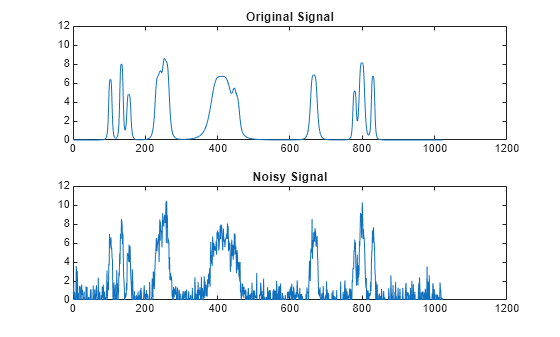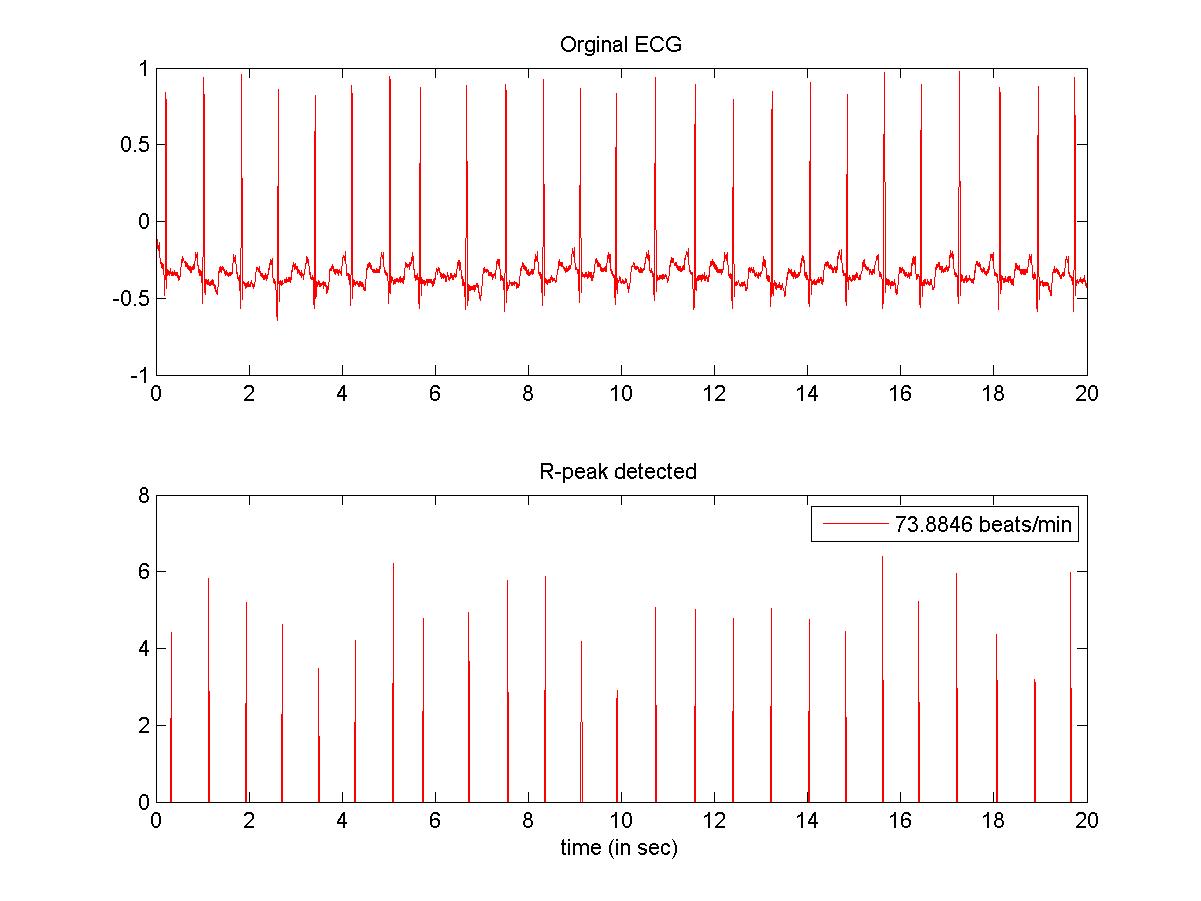Put here a software name you are looking serial numbers for, i.e windows xp or internet download manager and press search button then, please, don't add serial, keygen and so on to the search Corel Videostudio Pro X5. Download Corel Draw x5 Full Version Keygen Activation. Corel Draw x5 Full Version Free Download adalah sebuah software design graphics yang dapat mengolah vector dengan sangat mudah di PC. Corel videostudio ultimate x5 serial number free download. Download corel videostudio x5 for free. Multimedia tools downloads - Corel VideoStudio Pro X5 by Corel Corporation and many more programs are available for instant and free download. Corel VideoStudio Ultimate 2018 21.3.0.141 Crack + Activation Code full. free download. Videostudio Pro X10; Videostudio Pro X5 Ultimate; Corel Videostudio Pro X5 Serial Number; Videostudio Pro X8; Corel VideoStudio Serial Key Corel VideoStudio Ultimate X8 + Crack.
- The wavelets are generated from a single basic wavelet 5 (t), the so-called mother wavelet, by scaling and translation: −τ ψτ = ψ s t s s t 1, ( ).(3) In (3) s is the scale factor, - is the translation factor and the factor s-1/2 is for energy normalization across the different scales.
- View epdf.pubmatlab-wavelet-toolbox-users-guide.pdf from MATHEMATIC 2337 at University of Ottawa. Wavelet Toolbox For Use with MATLAB ® Michel Misiti.
Analyze signals and images in the wavelet domain
Wavelet transforms are mathematical tools for analyzing data where features vary over different scales. For signals, features can be frequencies varying over time, transients, or slowly varying trends. For images, features include edges and textures. Wavelet transforms were primarily created to address limitations of the Fourier transform.
Wavelets: Working with Images This section provides additional information about working with images in the Wavelet Toolbox™ software. It describes the types of supported images and how the MATLAB ® environment represents them, as well as techniques for analyzing color images. Wavelet transform using matlab Nov 22, 2020 Posted By Seiichi Morimura Public Library TEXT ID 7300aec9 Online PDF Ebook Epub Library Wavelet Transform Using Matlab INTRODUCTION: #1 Wavelet Transform Using Best Book Wavelet Transform Using Matlab Uploaded By Seiichi Morimura, shifting a wavelet simply means delaying or advancing the onset of the wavelet.
While Fourier analysis consists of decomposing a signal into sine waves of specific frequencies, wavelet analysis is based on decomposing signals into shifted and scaled versions of a wavelet. A wavelet, unlike a sine wave, is a rapidly decaying, wave-like oscillation. This enables wavelets to represent data across multiple scales. Different wavelets can be used depending on the application. Wavelet Toolbox™ for use with MATLAB® supports Morlet, Morse, Daubechies, and other wavelets used in wavelet analysis.
Matlab Wavelet Toolbox
Audio signals, time-series financial data, and biomedical signals typically exhibit piecewise smooth behavior punctuated by transients. Similarly, images typically include homogenous, piecewise smooth regions separated by transients, which appear as edges. For both signals and images, the smooth regions and transients can be sparsely represented with wavelet transforms.
Capturing transient behavior in signals using a MATLAB wavelet transform.

Wavelet transforms can be classified into two broad classes: the continuous wavelet transform (CWT) and the discrete wavelet transform (DWT).
Matlab Wavelet Pdf

The continuous wavelet transform is a time-frequency transform, which is ideal for analysis of non-stationary signals. A signal being nonstationary means that its frequency-domain representation changes over time. CWT is similar to the short-time Fourier transform (STFT). The STFT uses a fixed window to create a local frequency analysis, while CWT tiles the time-frequency plane with variable-sized windows. The window widens in time, making it suitable for low-frequency phenomena, and narrows for high-frequency phenomena. The continuous wavelet transform can be used to analyze transient behavior, rapidly changing frequencies, and slowly varying behavior.
Analyzing a hyperbolic chirp signal (left) with two components that vary over time in MATLAB. The short-time Fourier transform (center) does not clearly distinguish the instantaneous frequencies, but the continuous wavelet transform (right) accurately captures them. See the MATLAB code.
With the discrete wavelet transform scales are discretized more coarsely than with CWT. This makes DWT useful for compressing and denoising signals and images while preserving important features. You can use discrete wavelet transforms to perform multiresolution analysis and split signals into physically meaningful and interpretable components.
Original (left) and denoised (right) images. The image was denoised while preserving the edges using a wavelet denoising function. See the MATLAB code.Wavelet Transform Matlab Tutorial
'>Original (left) and denoised (right) images. The image was denoised while preserving the edges using a wavelet denoising function. See the MATLAB code.
For more information on applying wavelet techniques and selecting the right wavelets for your application in MATLAB, see Wavelet Toolbox.
Examples and How To
- Practical Introduction to Continuous Wavelet Analysis - Example
- Practical Introduction to Multiresolution Analysis - Example
- Machine Learning and Deep Learning with Wavelets - Documentation
Software Reference
- Continuous and Discrete Wavelet Transforms - Documentation
- Continuous Wavelet Transform and Scale-Based Analysis - Documentation
- Wavelet Packets - Documentation
- Lifting Method for Constructing Wavelets - Documentation
- Critically-Sampled Discrete Wavelet Transform - Documentation
- Matching Pursuit Algorithms - Documentation
- Function Reference for Wavelet Analysis - Documentation
See also: Signal Processing Toolbox, DSP System Toolbox, wavelet transforms videos, empirical mode decomposition
